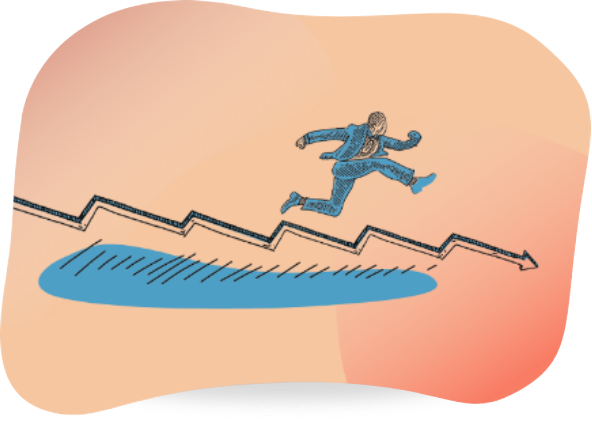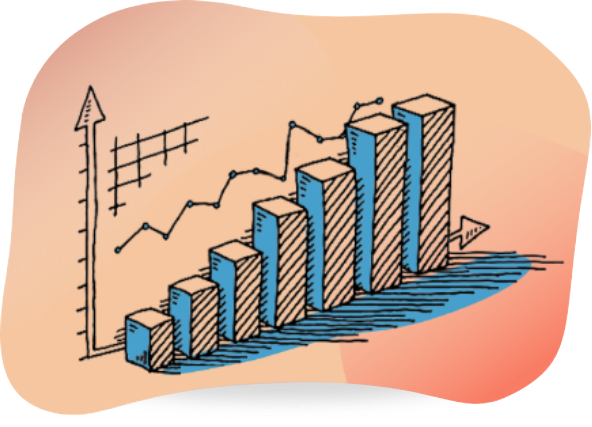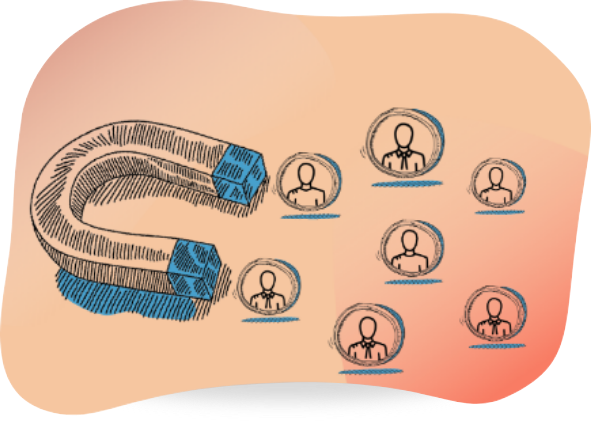Prospect Journey Mapping – The Key to Driving Pipeline Velocity [Free Worksheet Included]
![Prospect Journey Mapping – The Key to Driving Pipeline Velocity [Free Worksheet Included] Prospect Journey Mapping – The Key to Driving Pipeline Velocity [Free Worksheet Included]](https://www.regalix.com/wp-content/uploads/2022/11/Prospect-Journey-Mapping-to-Drive-Pipeline-Velocity-Worksheet_L1.png)
Key Takeaways:
- To gain loyal and long-term customers, you need to design a journey map that provides a superb experience
- Providing an incredible journey can turn someone who was casually browsing your website into an advocate who offers valuable referrals
- Journey mapping enables your customers to experience what it’s like to interact with your company
- Pipeline velocity refers to the speed with which leads move through the sales pipeline
Knowing what’s on your customer’s mind can be tricky and challenging. When you think you’ve accounted for their needs, their requirements change, and new buying trends emerge.
Ever wondered why a customer spends hours on your website researching your product/service to close the tab? Why does it take many steps to get from point A to point B when it should ideally take just one?
Well, the problem could be in your customer journey mapping – you probably don’t have a clear understanding of your prospect’s journey to purchasing your product/service.
What is Prospect Journey Mapping?
Customer journey mapping or prospect journey mapping is a visual representation of how potential customers perceive your brand and how they interact with your product/service. It helps them gain insight into the challenges they’re facing.
The journey mapping aims to understand the needs and resolve pain points at all touchpoints (an instance where your prospect can form an opinion of your company) across the customer lifecycle.
How Prospect Journey Mapping Helps Drive Pipeline Velocity?
Prospect journey mapping enables you to get in your customers’ shoes and experience what it feels like to engage with your brand.
It helps you understand the good and the bad your brand offers, while the insights you gain help personalise the customer experience.
Before we explore the benefits of customer journey mapping and how it helps drive pipeline velocity, let’s find out what pipeline velocity is.
What is Pipeline Velocity?
Pipeline velocity is the speed at which qualified leads move through a sales pipeline and eventually become a customer.
The Benefits:
- Journey mapping helps you understand the role of different touchpoints and see how all customer interactions influence each other.
- By mapping out the prospect journey, you can understand what is interesting to your customers about your brand and what is turning them away.
- It helps identify roadblocks to reduce customer pain points and improve user experience.
- Mapping out the customer journey helps you understand the channels they visit and what they’re trying to do at each touchpoint.
- Journey mapping helps you improve your customer retention rate. According to American Express, 33% of customers switch brands after just one poor experience.
Components in a Prospect Journey Map
A prospect journey map compiles your customer’s experience with your brand and combines the information into a map.
By understanding this relationship between your customers and your brand, you can build your touchpoints for the most effective journey mapping process.
1. The Purchase Process: This element defines the path/stages you intend for your customers to take to reach a specific goal. Using this path, you can start listing your stages in the right order.
2. Customer Actions: This component details what your potential customers do at each stage of the purchase process and explores the different ways they might reach their goals.
3. Adding Emotions: Your customers are looking for solutions to solve a problem. Adding a range of emotions to the journey map can help improve their opinion about your brand and turn them into brand advocates.
4. Pain Points: Adding pain points to the journey map helps identify the exact stage where your customers are facing issues and work out solutions.
How to Create a Prospect Journey Map
Before you start creating the journey map, you need to ask a few questions yourself – Why are you creating a map in the first place? What experience will it offer? Who is it about?
Based on these questions, you may want to create a buyer persona.
The next step is to interview prospects for direct feedback. A few good questions are:
- How did you hear about us?
- What attracted you to our website?
- On a scale of 1 to 5, how easy was it for you to navigate our website?
Based on the feedback and research, find out where your customers can interact with you on your website; list all the touchpoints your prospects are and should be using.
Determine all the elements your journey map needs to include, and identify your resources and the ones you need.
Once you have designed your map, take the customer journey yourself first – this ensures that you are providing a valuable experience.
Finally, you can make the appropriate changes to your map to achieve goals.
5 Best Practices for Customer Journey Mapping
- Set a clear goal for the journey map to improve the customer buying experience.
- Turn customer pain points into business terms that your customer success team can understand and act upon.
- Create customer journey maps for different buyer personas based on demographics and psychographics.
- Update the journey map every time your product/service offering changes. Even a small tweak, like removing an additional field in the form, can significantly impact your customer journey.
- Make the prospect journey map accessible to cross-functional teams, as they are not effective in a silo.
Delight your Customers at Every Stage
Building an effective prospect journey map can help your brand create strong relationships with them. Once you understand their experience with your business, you can provide great delight at every stage of their journey.
Whether you’re optimising your existing customer journey or exploring a new business opportunity to serve their unrecognised needs, start mapping the future of customer success in your business with the help of experts.
Bonus Takeaway:
Mapping customer journeys can be difficult for the marketing team, especially if they don’t know how and where to start.
So, here’s a handy worksheet designed to help savvy marketers chart their customers’ buying journeys to enhance their overall buying experience.
Print it out, pin it on your desk, and share it with other departments to ensure that everyone is consistently working towards attaining your customer experience vision.



